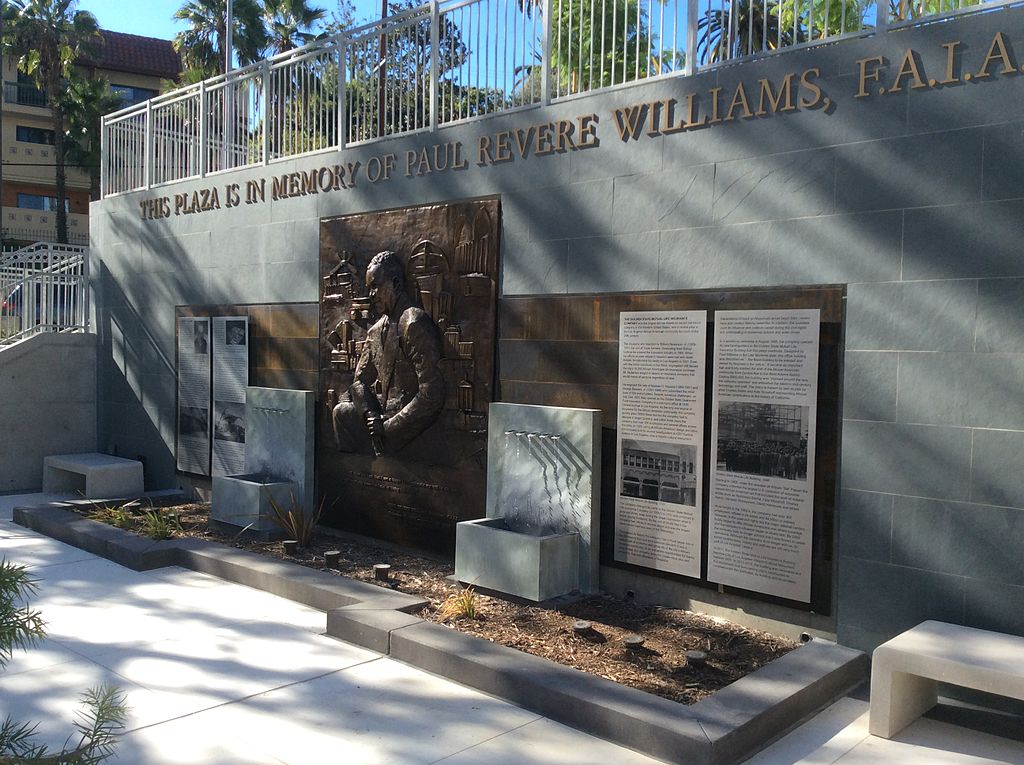BRENTWOOD — The architectural archive of famous Los Angeles architect Paul Revere Williams has been acquired by the Getty Research Institute (GRI) and the University of Southern California.
The archive was previously cared for by Williams’s granddaughter Karen Elyse Hudson.
The archive comprises approximately 35,000 plans, 10,000 original drawings, blueprints and project diazotypes, hand-colored renderings, vintage photographs, correspondence and other materials by Williams.
Among the plans, which represent the majority of Williams’s commissioned work, are projects that were never built.
The material documents Willams’s whole career, “from his early residential commissions during Los Angeles’ housing boom of the 1920s to landmark mid-century civic structures,” a GRI press release says.
“Paul Williams was a trailblazing architect whose long career helped shape Los Angeles and Southern California,” said Getty Research Institute director Mary Miller, adding that the archive “tells the story of how the modern Southland was built,” and “Its importance as an aesthetic and educational resource cannot be overstated.”
Williams’s career spanned six decades and over 3,000 projects.
Among the most notable in the Los Angeles area are the renovation of the Ambassador Hotel in 1949, refurbishments and additions to the First African Methodist Episcopal Church in 1968, and the Golden State Mutual Life Insurance Company Building in 1949.
This rich, comprehensive archive is one of the most significant acquisitions of 20th century architecture that Getty has worked on.
Maristella Casciato, senior curator of architecture at GRI, said the archive is “one of the most significant acquisitions of 20th century architecture” that the institute has worked on.
“The Los Angeles cityscape is a testament to Paul R. Williams’s lasting impact on Southern California and modern architecture in general,” Casciato said.
Williams was the first African American Gold Medalist and first African American Fellow of the American Institute of Architects (AIA).
“His career and life invite new histories to be written by the countless scholars who will have unprecedented access to this tremendously important archive,” said LeRonn P. Brooks, associate curator for modern and contemporary collections at GRI.
According to the joint release from Getty and USC, it was believed that Williams’s archive was destroyed in a fire during the 1992 Los Angeles civil unrest. However, according the GRI, most of the archive is in “excellent condition.”






